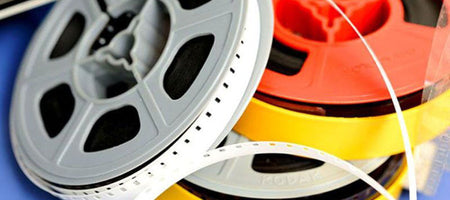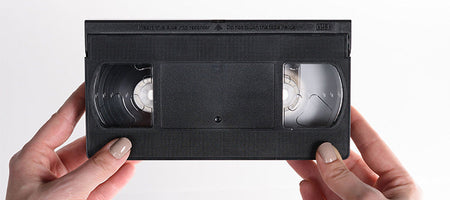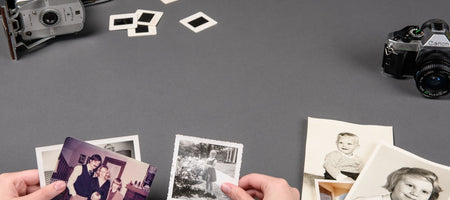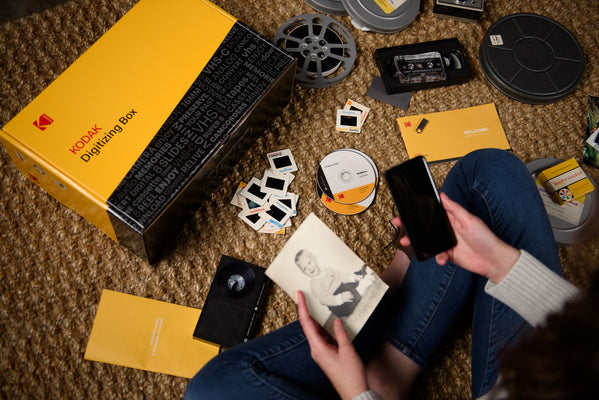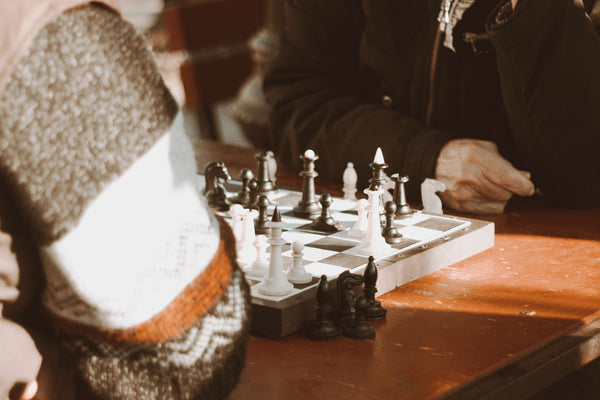Photography basically changed the entire way that we look at history and share our memories. In ancient times, the only glimpses we got into everyday life were paintings and sculptures. While those are assuredly awesome, they’re not the same as looking at a photograph. For example, do we think that Michaelangelo took some creative liberties when crafting David’s abs?
You bet your rear end he did.
But guess what? With photos, you don’t have to believe your dad when he tells you that he was able to grow a mustache in third grade. You know why? Because you can look at the pictures of him in third grade sans mustache and ask him why he tells such absurd stories.
Anyway, here’s a quick primer on the history of photography. Since we’re talking specifically about photography itself, we won’t include the obscure science experiments that eventually led to photography. Instead, we’ll focus on the actual brass tacks.
Mid 1820s
First “photographs” are created. They’re require all-day exposure, and the quality leaves a pretty good bit to be desired. But hey, it’s a picture!
1839
The daguerreotype captures what many consider to be the first real photo. It could capture images in minutes instead of hours, but it required big, heavy, metal plates.
1841
Pictures become paperfied. Instead of heavy plates, a piece of paper with the proper chemicals on it could capture and hold an image.
1841
At the same time as paper photos come around, a guy named John Herschel makes the first glass negatives.
1851
Collodion process is invented. Without getting too detailed, this process is the basis for how photographs existed for about 150 years. Using a darkroom, negatives are processed to show pictures.
1861
Color photography makes an appearance. Using three filters to pass light through, this process was difficult to master and required a projector to show the photos. Even though it wasn’t perfect, It laid the groundwork for the possibility of color photography.
1907
The Lumiere brothers introduce the first commercially viable color photography called autochrome. It combined the idea of using color filters to create a real-to-life picture, but it didn’t require taking three separate photos like previous color photography did.
1935
Kodachrome film changes everything. Using three layers of emulsion, cameras could capture color photographs practically instantly. This is what paved the way for home-photography as well as more efficient cinema production. This is the method that we still use for old-fashioned film photography today.
1957
Technically, the first digital photo appears on a screen. It’s extremely blurry, but it proves that capturing images, translating them into binary, and projecting them on a computer monitor is possible.
1986
Kodak develops the first megapixel sensor, making digital photography much higher quality and truer to real life.
2000
Samsung releases the first camera phone ever in Japan. The world will never be the same.
Looking back on the history of photography, it’s kind of mind-blowing that the process for capturing color film is basically the same today as it was back in 1935.
But that doesn’t mean taking pictures is the same today as it was back then. Nowadays, most pictures are captured via cell phones, uploaded onto the internet, and they’re rarely printed out. That’s probably a good thing, because estimates say that humans take about 14 TRILLION (14, 000,000,000,000!!!) photos every single year.
That’s a lot of pictures.

